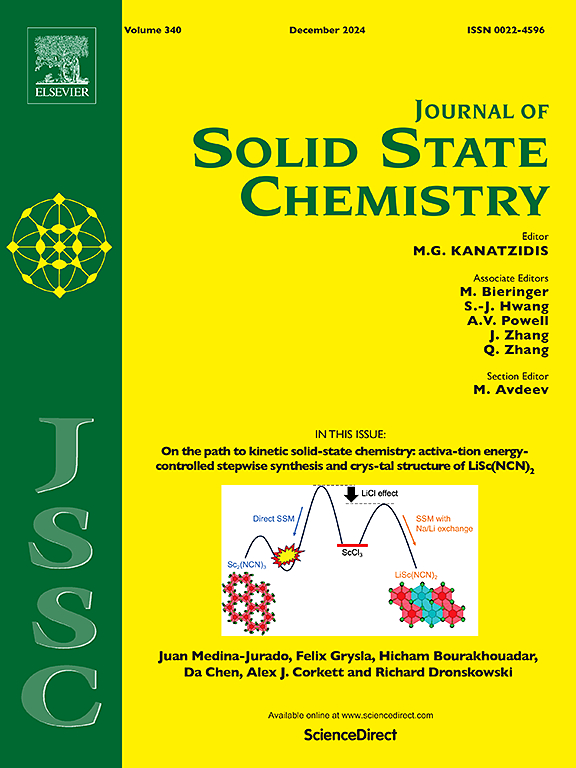Effective removal azo dyes from wastewater solution via hollow structure MgCo-LDH adsorbent
IF 3.2
3区 化学
Q2 CHEMISTRY, INORGANIC & NUCLEAR
引用次数: 0
Abstract
Azo dyes wastewater caused serious environmental pollution problems due to their extremely stable molecular structure. Hollow structure MgCo-LDH was prepared to purify Congo red (CR) and Acid red 66 (AR66) wastewater. The ZIF-67 was employed as sacrificial template to fabricate the hollow structure MgCo-LDH nanomaterial via Mg2+ simultaneous etching and subsequent coprecipitation reactions in magnesium nitrate solution. The MgCo-LDH nanomaterial provided abundant sites to adsorb the azo dyes owing to the nanosheets and hollow structures. The experimental analysis indicated that the optimal adsorption process conditions were MgCo-LDH amount of 50 mg for CR and 70 mg for AR66, adsorption time of 70 min, rotational speed of 340 r·min−1, adsorption temperature of 25 °C, and pH range of 3–9 for 15 mL of 250 mg L−1 azo dyes solution. The hollow structure MgCo-LDH had high saturation adsorption capacities of 1050.28 ± 37.34 mg g−1 for CR and 285.40 ± 5.80 mg g−1 for AR66 at the optimal condition parameters. The removal efficiencies of CR and AR66 were higher than 94.32 ± 2.09 % and 94.95 ± 1.61 %, respectively. The density functional theory calculations revealed that the azo dye molecules were adsorbed onto MgCo-LDH surface through the formation of hydrogen bonds between the hydroxyl groups and sulfonic acid groups. This work provided a potential strategy for harmless treatment of azo dyes wastewater.

求助全文
约1分钟内获得全文
求助全文
来源期刊

Journal of Solid State Chemistry
化学-无机化学与核化学
CiteScore
6.00
自引率
9.10%
发文量
848
审稿时长
25 days
期刊介绍:
Covering major developments in the field of solid state chemistry and related areas such as ceramics and amorphous materials, the Journal of Solid State Chemistry features studies of chemical, structural, thermodynamic, electronic, magnetic, and optical properties and processes in solids.
 求助内容:
求助内容: 应助结果提醒方式:
应助结果提醒方式:


